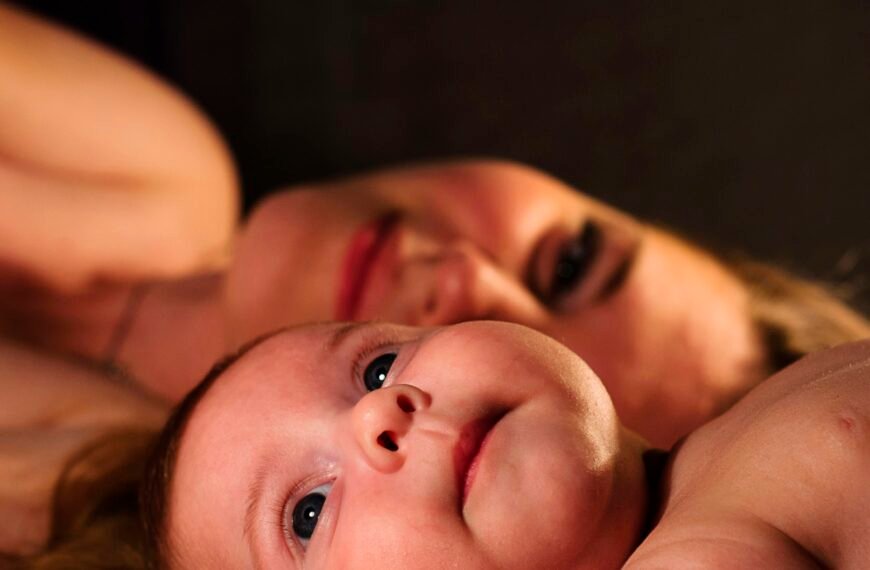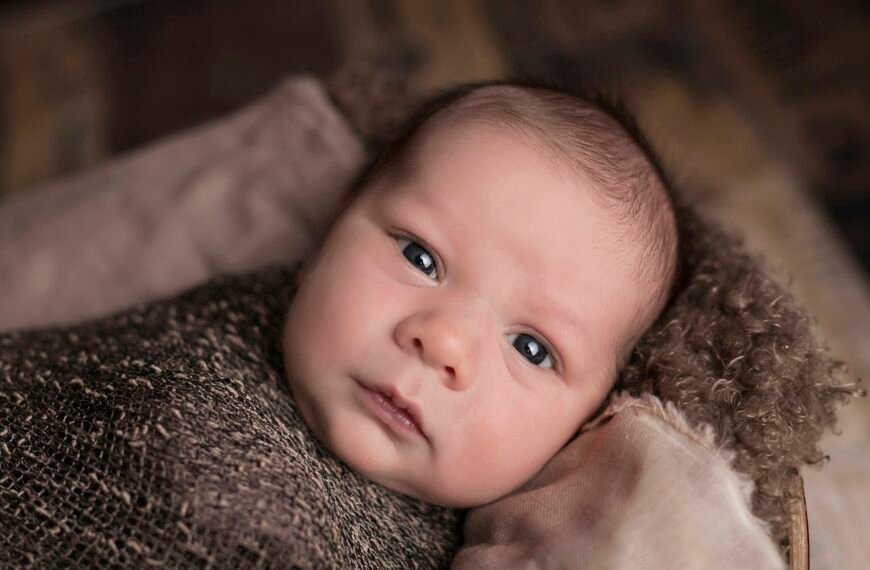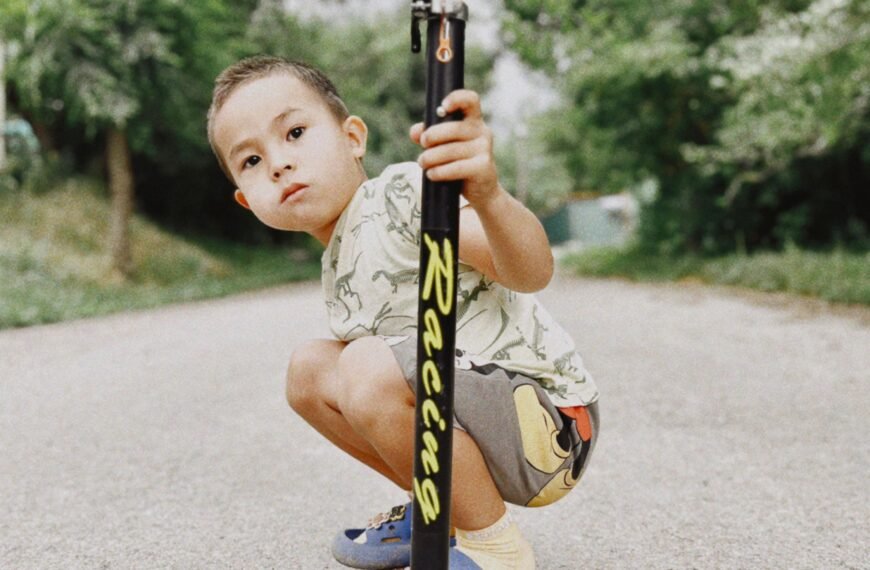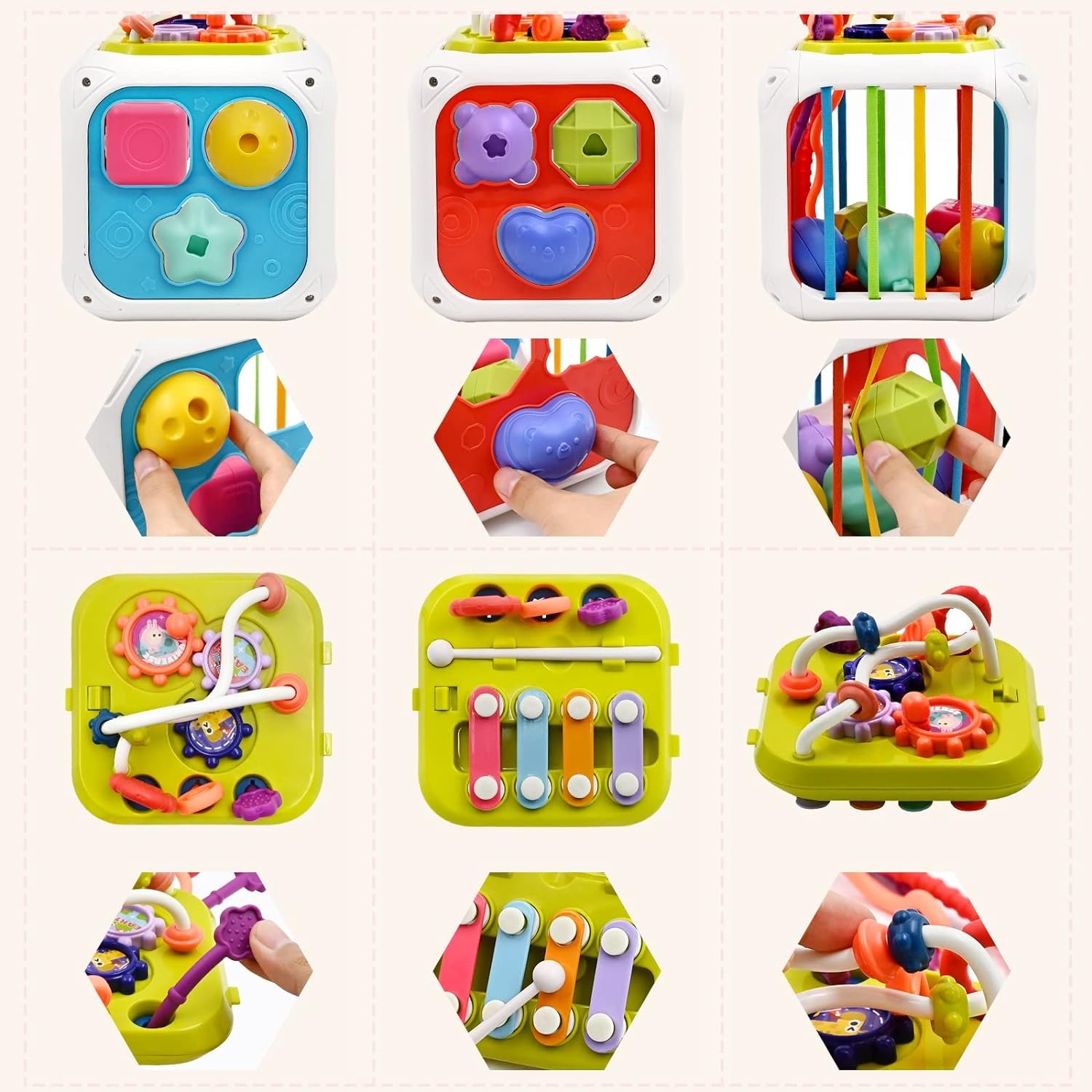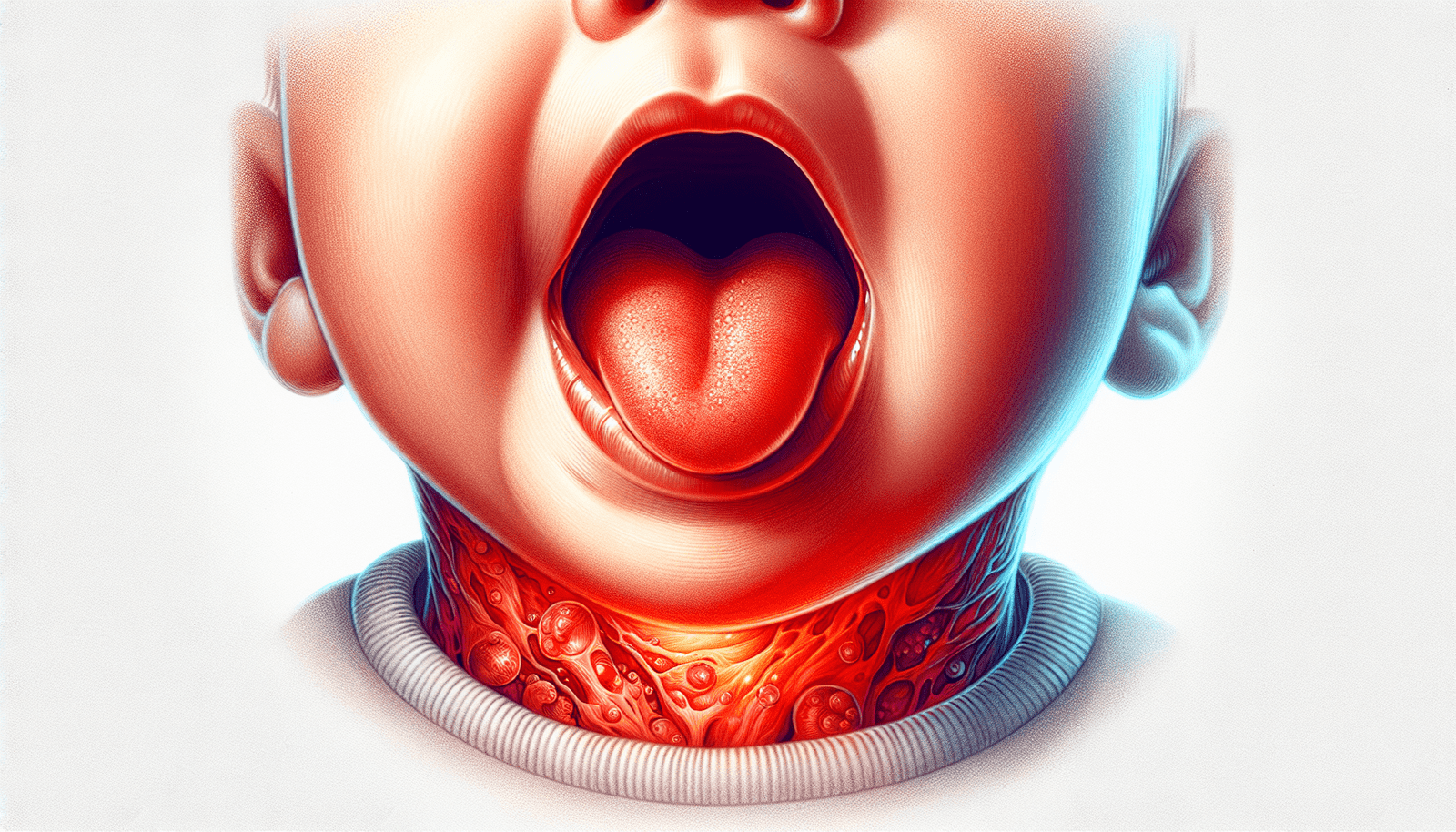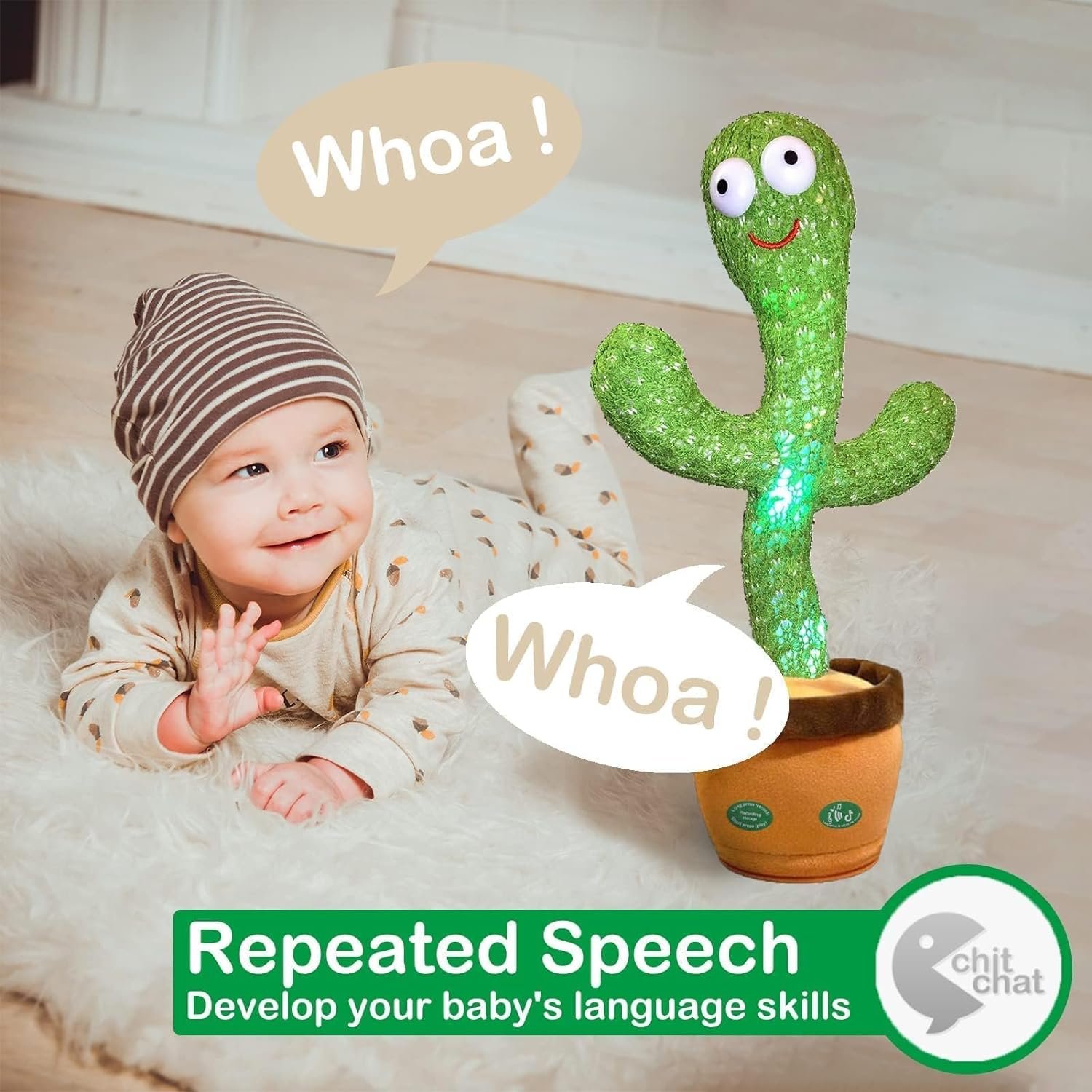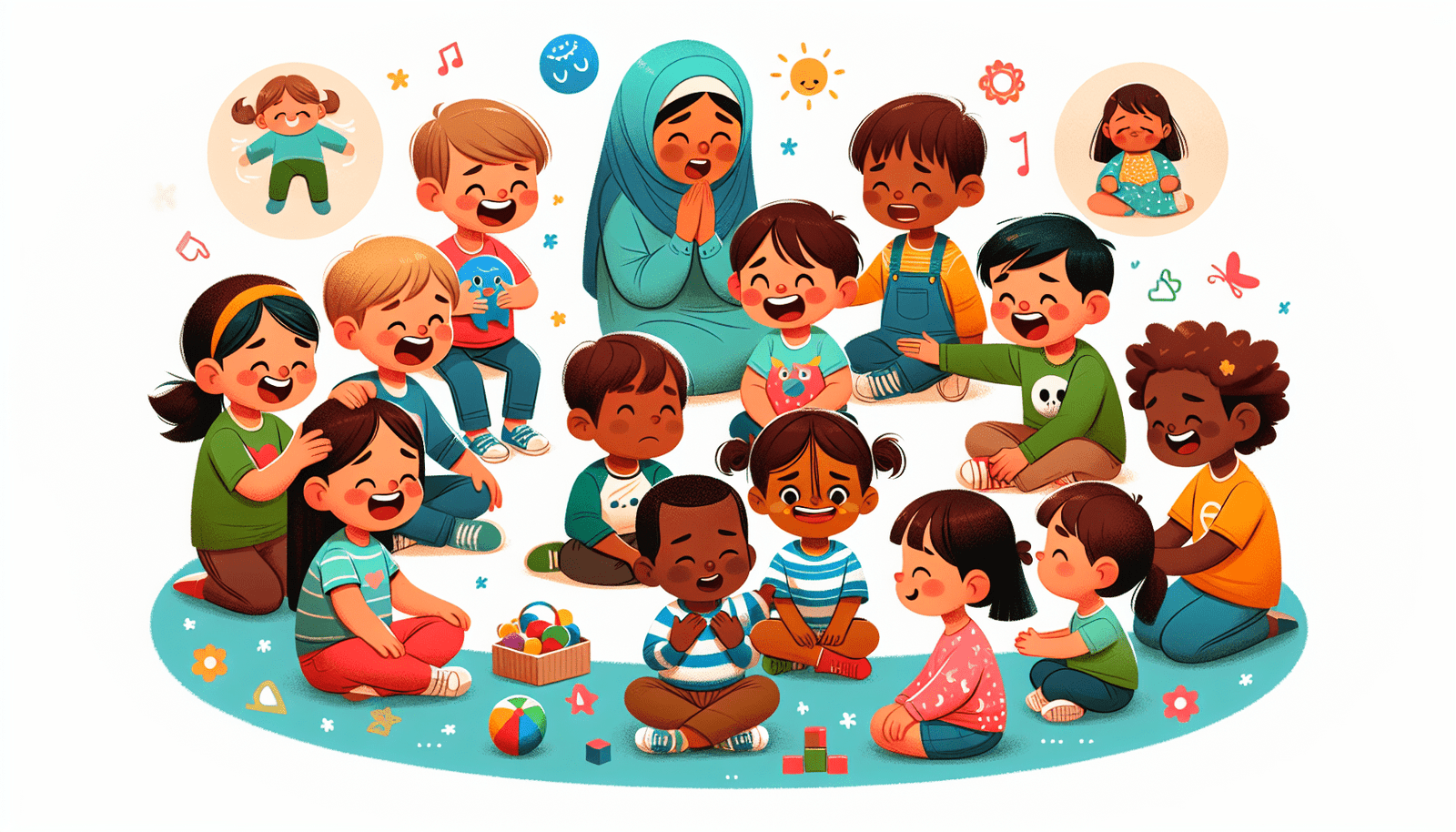Have you ever wondered at what age your little one should start reaching for toys? It’s an exciting milestone that showcases their growing motor skills and curiosity. In this article, we’ll explore the developmental stages when babies typically begin reaching for toys and the significance of this action in their overall development. So, get ready to witness your baby’s blossoming curiosity as they embark on this captivating journey of exploration!
When Should Baby Reach For Toys
As a parent, you may eagerly await the moment when your baby starts to reach for toys. It’s an exciting milestone that marks their growing independence and development. But when exactly should you expect your little one to start reaching for toys? Let’s explore the various factors that influence this milestone and when it typically occurs.

Check Baby Toys Guide & Review
Developmental Milestones
The ability to reach for toys is a significant developmental milestone in a baby’s life. It demonstrates their growing awareness of their surroundings and their increasing control over their movements. Reaching for toys is an essential step in their journey towards mastering their motor skills.
Fine Motor Skills Development
Fine motor skills refer to the precise and coordinated movements of the small muscles in the hands and fingers. The development of these skills plays a crucial role in a baby’s ability to reach for and grasp toys. As your baby’s fine motor skills improve, they will gain more control over their hand and finger movements, enabling them to accurately reach for toys.
Visual Tracking Skills
Visual tracking skills are another important aspect of a baby’s development that contribute to their ability to reach for toys. These skills involve the smooth and accurate movement of the eyes to track objects. As your baby’s visual tracking skills improve, they will be better able to follow the movement of toys and coordinate their hands to reach for them.
Gross Motor Skills Development
While fine motor skills are important for reaching and grasping toys, gross motor skills also play a role in this milestone. Gross motor skills involve the use of large muscles, such as those in the arms, legs, and torso. As your baby’s gross motor skills develop, they will gain more control over their body movements, making it easier for them to reach for toys.

Hand-Eye Coordination
Hand-eye coordination is the ability to synchronize visual information with hand movements. It is a skill that develops gradually during infancy. As your baby’s hand-eye coordination improves, they will become more adept at accurately reaching for toys and bringing them to their mouth or exploring them with their hands.
Age
The age at which babies start reaching for toys can vary, and it is important to remember that every child is unique and develops at their own pace. On average, most babies begin to reach for toys around three to four months of age. However, some may start reaching earlier, while others may take a little longer to reach this milestone.

Ability to Sit Unassisted
The ability to sit unassisted is another factor that may influence when your baby starts reaching for toys. Sitting upright provides babies with a stable base and greater control over their upper body movements, making it easier for them to reach for toys. Typically, babies develop the ability to sit unassisted between four to seven months of age, which often coincides with their increased interest in reaching for toys.
Curiosity and Interest
Your baby’s curiosity and interest in their surroundings can also determine when they start reaching for toys. As they become more aware of the world around them, they may show a greater desire to explore and interact with objects, including toys. Encouraging their curiosity by providing engaging and age-appropriate toys can stimulate their interest and encourage them to reach for and interact with their toys.
Motor Control and Strength
Motor control and strength are essential for your baby to successfully reach for toys. As their muscles strengthen and their control over their movements improves, they will be able to extend their arms, grasp toys, and bring them closer to their body. Tummy time, which promotes the development of core muscles, can greatly contribute to the development of motor control and strength necessary for reaching for toys.
Signs of Readiness
While the average age range for reaching for toys is between three to four months, it’s important to remember that every baby is unique. Some signs that your baby may be ready to start reaching for toys include increased hand-eye coordination, improved neck and head control, and a greater interest in their surroundings. Pay attention to your baby’s cues and provide them with age-appropriate toys and opportunities to explore and develop their reaching skills.
In conclusion, the ability to reach for toys is an exciting milestone in your baby’s development. It’s a sign of their increasing independence, cognitive abilities, and motor skills. By understanding the various factors that influence this milestone and providing your little one with a supportive and stimulating environment, you can help foster their reaching skills and encourage their exploration of the world around them. Remember, every baby develops at their own pace, so be patient and supportive as your little one embarks on this exciting journey of reaching for toys.








